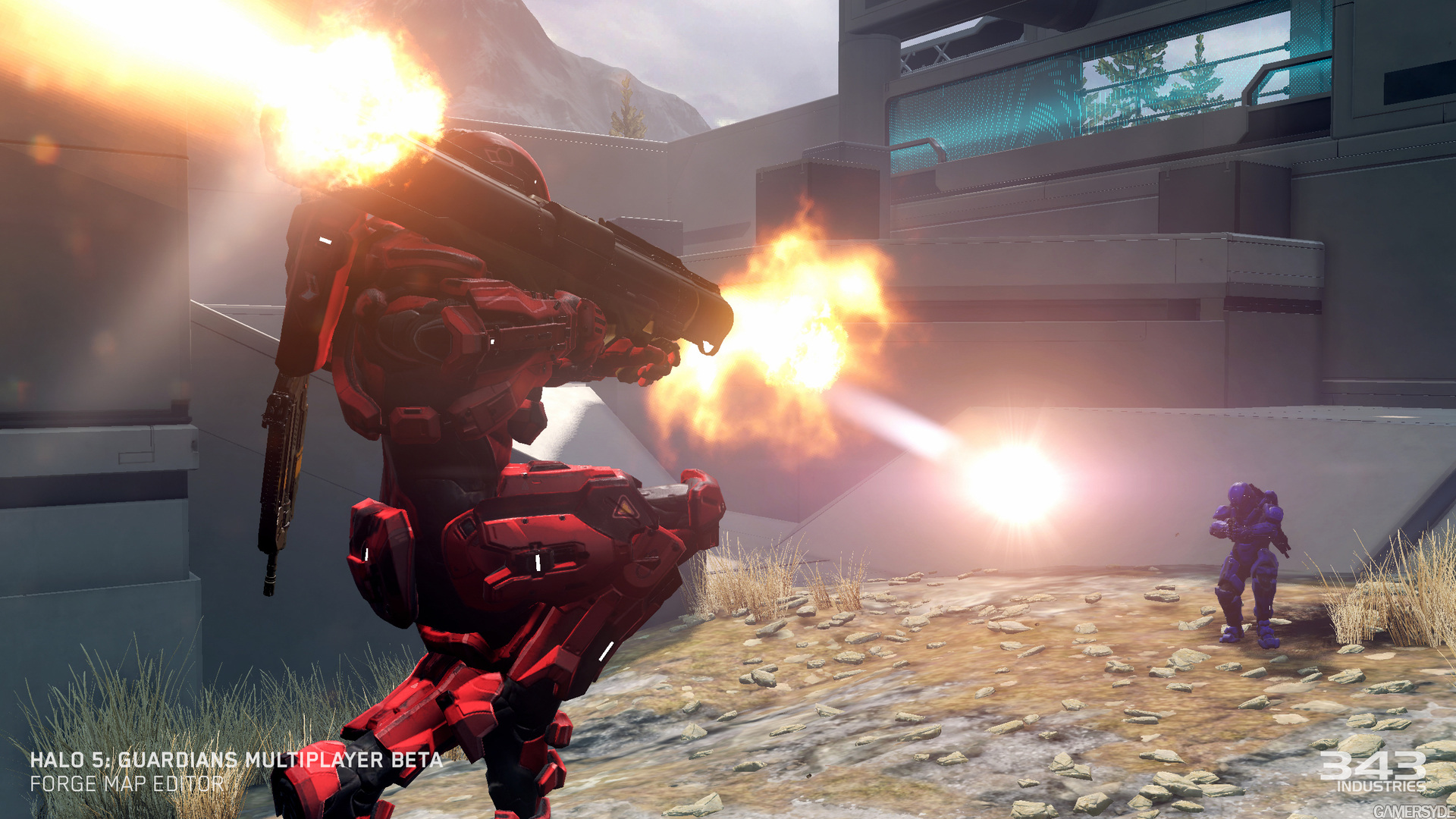

Warzone, the new 18-24 player team mode, is effectively Halo’s answer to Battlefield. That scalability is responsible for Halo 5’s most obvious new addition. The versatility, malleability, and sheer scalability of the core shooting just translates into so many richly varied, cerebrally satisfying situations and game-modes that there’s nigh-endless fun to be had here, whatever your preferences. While the new combat mechanics rarely get a look-in due to impracticality (the dash-punch takes too long to activate, and the ground pound leaves a Spartan far too exposed in mid-air for far too long), even traditional Halo multiplayer is still a very hard experience to beat. With linear objective points strung through such wide terrain, too much of the game becomes background noiseįortunately, things get much better when you venture online. Instead, Halo 5’s biggest battles take the form of, well, more expansive versions of its normal ones, which feels a little one-note, and slightly ill-advised. But there’s little of that much loved vehicular carnage here, and even less of the dramatic, dynamically shifting interplay between differing scales of conflict. And Halo has always excelled at big, stand-out battles. In theory, the vast, open-air environments of the game’s first half are a great fit for the new means of traversal.

This disconnect between combat and environment is felt more greatly when things go big. When things work, Halo 5 can be a blast, but all too often it is indeed rather lonely at the top, enemy interest seemingly limited to its immediate vicinity, which rather breaks the illusion of your presence. Opposition too often remains inert in its terrestrial comfort zone, meaning that you’ll find little engagement - a few extra token snipers aside - when the game’s splendidly intricate, branching routes take you entirely above and beyond.


 0 kommentar(er)
0 kommentar(er)
